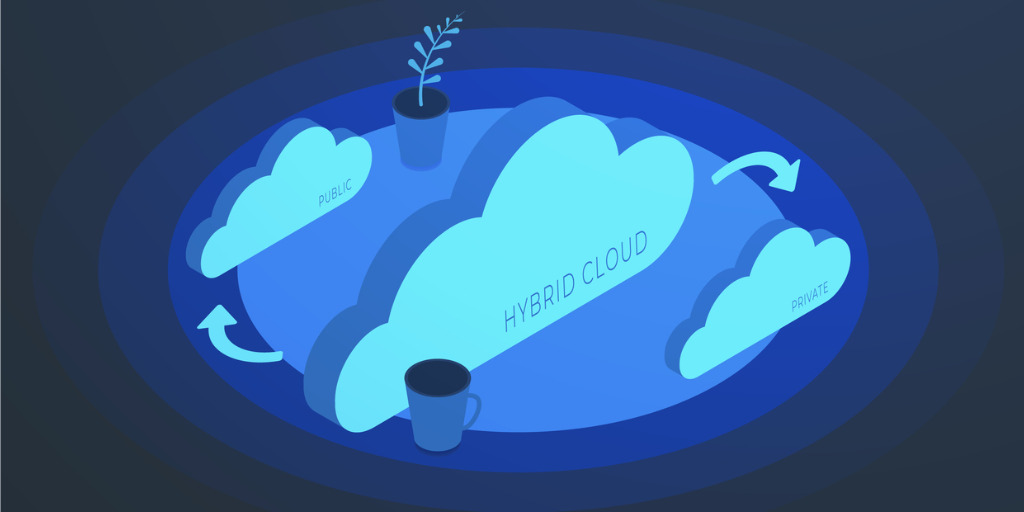5 Cloud trends you need to watch – PART 2
Concluding our two-part series, here are the final five cloud trends your business needs to watch (you can find part one of the series here.): 1. Cloud native AI services facilitate new apps Generative AI is set to deliver a seismic change in corporate IT – or so the industry media keeps telling us. But […]
5 Cloud trends you need to watch – PART 2 Read More »





